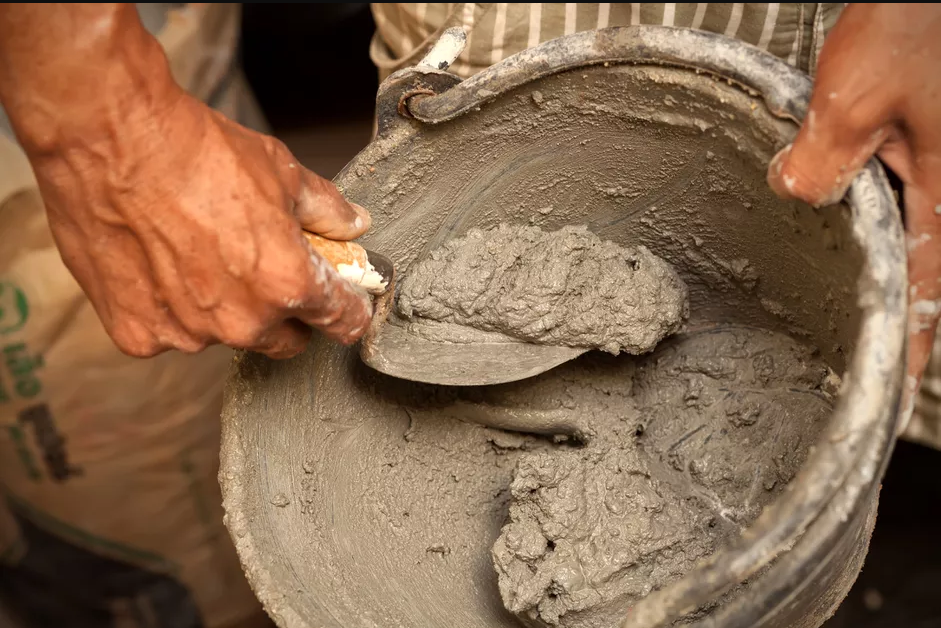Understanding HPMC Hydroxypropyl Methylcellulose
Hydroxypropyl Methylcellulose (HPMC) is a semi-synthetic polymer derived from cellulose, a natural polymer that forms the structural component of the cell walls of plants. HPMC is recognized for its unique properties and versatile applications in various industries, including pharmaceuticals, food, cosmetics, and construction. This article delves into the characteristics, manufacturing process, applications, and benefits of HPMC.
Characteristics of HPMC
HPMC is a white, odorless powder that is soluble in water and forms a viscous solution. Its unique chemical structure, which includes hydroxypropyl and methyl groups, enhances its solubility and stability in various pH and temperature conditions. HPMC is non-toxic and biodegradable, making it an environmentally friendly option for many applications. Its ability to form gels and carry other substances makes it a crucial ingredient in many formulations.
Manufacturing Process
The production of HPMC begins with the extraction of cellulose from raw materials such as wood pulp or cotton. The cellulose is then chemically modified through a process known as etherification, where hydroxypropyl and methyl groups are introduced to the cellulose molecule. This modification imparts beneficial properties, such as increased solubility in water and improved film-forming abilities. The final product is then dried, milled, and packaged for distribution.
Applications of HPMC
One of the most significant uses of HPMC is in the pharmaceutical industry, where it acts as a binder, thickening agent, and stabilizer in drug formulations. It is commonly used in both oral and topical medications, enhancing the bioavailability of active ingredients and providing controlled-release formulations.
hpmc cellulose hydroxypropyl methyl

In the food industry, HPMC is utilized as a food additive, serving as a thickener, emulsifier, and stabilizer. It contributes to the texture and shelf life of various food products, including sauces, dressings, and baked goods.
The cosmetic industry also benefits from HPMC, where it is used in creams, lotions, and gels for its thickening properties. Its ability to retain moisture makes it an essential ingredient in skincare products, enhancing the skin's hydration and preventing dryness.
In construction, HPMC is employed as a water-retention agent in cement, gypsum, and other building materials. It improves workability, enhances the adhesion of plaster and tiles, and helps achieve a durable finish.
Benefits of HPMC
HPMC provides a range of benefits that make it a preferred choice in various formulations. Its non-toxic nature ensures safety for consumers, while its biodegradability aligns with sustainable practices. The versatility of HPMC allows it to be used in numerous applications without compromising performance. Additionally, its ability to modify the texture and consistency of products makes it an invaluable component in formulation development.
Furthermore, HPMC is stable across a wide range of pH levels and temperatures, making it suitable for numerous processes and applications. Its water retention properties result in improved workability in construction materials, while its thickening abilities enhance texture and stability in food and cosmetic products.
Conclusion
Hydroxypropyl Methylcellulose is a multifunctional polymer that plays a vital role across various industries. With its unique properties, such as water solubility and biodegradability, HPMC continues to be an integral part of many formulations, providing essential benefits that enhance product quality and performance. As industries increasingly prioritize sustainability and safety, the demand for HPMC is likely to grow, solidifying its place as a key ingredient in innovative product development.




